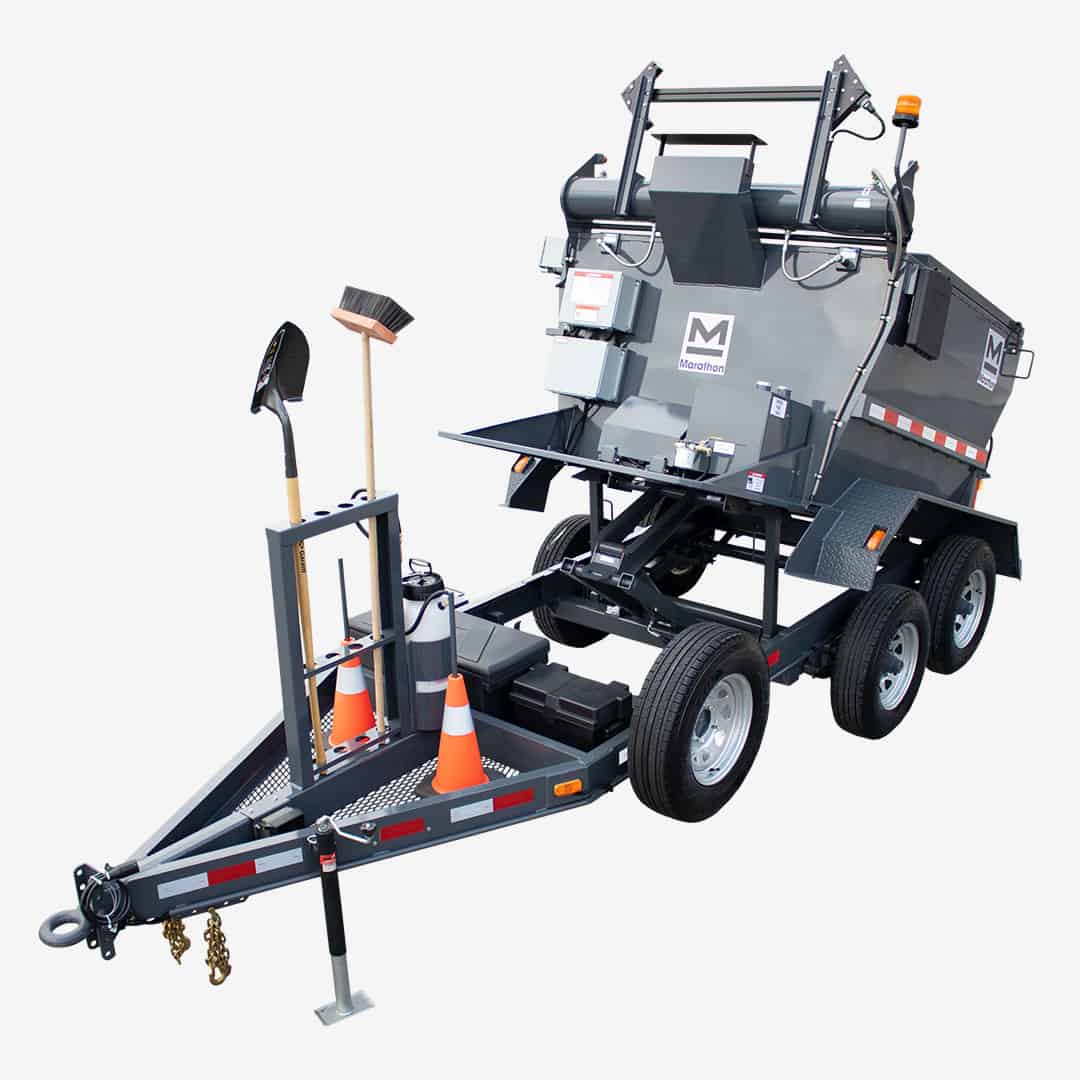Hot Mix Asphalt: The Structure for Safe and Secure Angled Parking Lots
Hot Mix Asphalt: The Structure for Safe and Secure Angled Parking Lots
Blog Article
Unlocking the Tricks of Warm Mix Asphalt Innovation
Exploring the midsts of warm mix asphalt innovation uncovers a world where precise processes and accurate formulas assemble to shape our roads and infrastructure. The blend of accumulations, fillers, and binders isn't merely a construction job yet a critical orchestration of durability and efficiency. As we peer right into the complex dance of parts, a tapestry of strength and sustainability unravels. What exists underneath this surface of asphaltic proficiency, and what tricks wait to be unveiled in the world of leading developments?
Importance of Hot Mix Asphalt
Hot Mix Asphalt plays an important function in modern framework advancement because of its durability and cost-effectiveness. As one of the most generally utilized paving product for roadways, highways, and parking area, Warm Mix Asphalt uses a series of benefits that add to its significance in construction tasks. One essential benefit is its ability to hold up against rush hour loads and rough climate condition, offering a durable and trustworthy surface for transport networks. Furthermore, Warm Mix Asphalt is affordable in both initial building and construction and long-term maintenance, making it a preferred option for lots of framework tasks.
The sturdiness of Hot Mix Asphalt stems from its make-up, which includes accumulations, binder, and filler materials that are carefully picked and mixed to fulfill certain performance demands. Overall, the relevance of Hot Mix Asphalt in framework advancement can not be understated, as it continues to be a cornerstone of contemporary construction techniques.
Components of Asphalt Mixes
The composition of asphalt mixes consists of meticulously picked aggregates, binder, and filler materials that are important for attaining details performance requirements. Aggregates are the key part of asphalt mixes, offering stamina and security. The binder, commonly asphalt or asphalt concrete, holds the accumulations together and offers versatility and longevity to the mix.
The combination and proportion of these elements play a significant role in identifying the high quality and performance of the asphalt mix. Engineers thoroughly develop the mix to meet particular requirements, considering factors like traffic volume, environment problems, and pavement life expectancy. Proper selection and harmonizing of accumulations, binder, and fillers are crucial for creating durable, durable asphalt sidewalks.
Mixing and Manufacturing Techniques

Once the aggregates are selected, the binder, frequently asphalt cement, is contributed to bind the materials together. The binder's quality and amount significantly impact the mix's adaptability, toughness, and resistance to ecological variables. In addition, fillers like moisturized lime or Portland cement might be included to improve particular qualities of the asphalt mix, such as its workability or moisture resistance.
Throughout manufacturing, the aggregates and binder are heated, typically in between 250-325 ° F(121-163 ° C ), to assist in mixing and ensure correct finish of the aggregates. The mixing procedure should be comprehensive to achieve an uniform combination that promotes the desired efficiency attributes of the asphalt. Different techniques, such as set mixing or drum mixing, are used to accomplish consistent and high-quality asphalt check my site mixes for building and construction jobs.
Factors Influencing Asphalt Performance
Factors affecting asphalt performance incorporate a variety of variables that impact the longevity, durability, and overall top quality of asphalt pavements. One key aspect is the high quality of products used in the asphalt mix. The kind and more source of accumulations, the binder high quality, and the ingredients all play a considerable duty in identifying the efficiency of the asphalt pavement. The gradation of accumulations is essential as it influences the mix's resistance, workability, and stability to fracturing and rutting.

Layout factors to consider, such as sidewalk density and drainage, are important in making sure the long-lasting efficiency of the asphalt sidewalk. By meticulously taking into consideration these variables, designers and contractors can maximize asphalt efficiency and boost the solution life of pavements.
Sustainable Practices in Asphalt Technology

In addition, the growth of warm-mix asphalt (WMA) innovations has gained grip in the last few years. WMA permits the production and positioning of asphalt blends at lower temperature levels compared to conventional hot-mix asphalt, causing lowered energy consumption and greenhouse gas exhausts. In addition, using porous asphalt blends can assist minimize stormwater runoff concerns by enabling water to infiltrate via the pavement and right into the ground, promoting all-natural water purification and recharge procedures. By executing these lasting methods, the asphalt sector can add to developing a much more eco-friendly and resistant facilities network.
Conclusion
To conclude, hot mix asphalt technology plays a vital duty in modern-day framework growth due to its resilience and cost-effectiveness. By very carefully stabilizing elements, utilizing appropriate mixing methods, and thinking about different elements, engineers can create top quality asphalt mixes that withstand rush hour lots and rough climate condition. Accepting sustainable practices, such as using warm-mix modern technologies and recycled link materials, even more enhances the environmental kindness of asphalt innovation.
Mixing and manufacturing strategies in hot mix asphalt technology entail the exact combination and processing of accumulations, binder, and fillers to produce a resilient and high-performance asphalt mix.Variables affecting asphalt performance incorporate a variety of variables that impact the longevity, long life, and overall quality of asphalt sidewalks. Sustainable techniques in asphalt innovation incorporate different initiatives intended at decreasing the ecological effect of asphalt manufacturing and paving procedures. By integrating reclaimed asphalt sidewalk (RAP) and recycled asphalt roof shingles (RAS) right into new asphalt mixes, the market can considerably lower the usage of raw materials and power, while also lowering garbage dump waste.
WMA allows for the manufacturing and placement of asphalt blends at lower temperature levels compared to standard hot-mix asphalt, resulting in decreased power usage and greenhouse gas exhausts.
Report this page